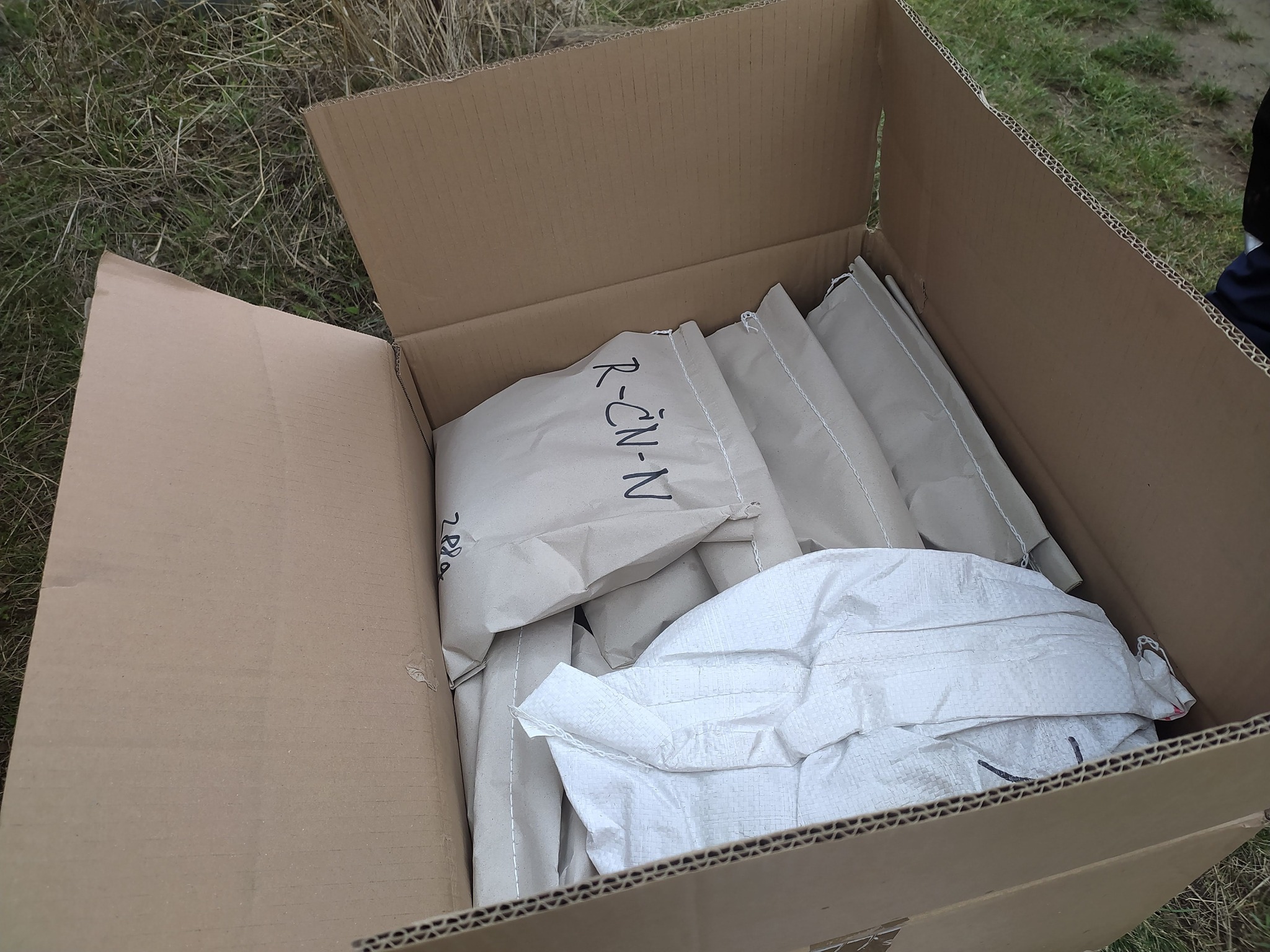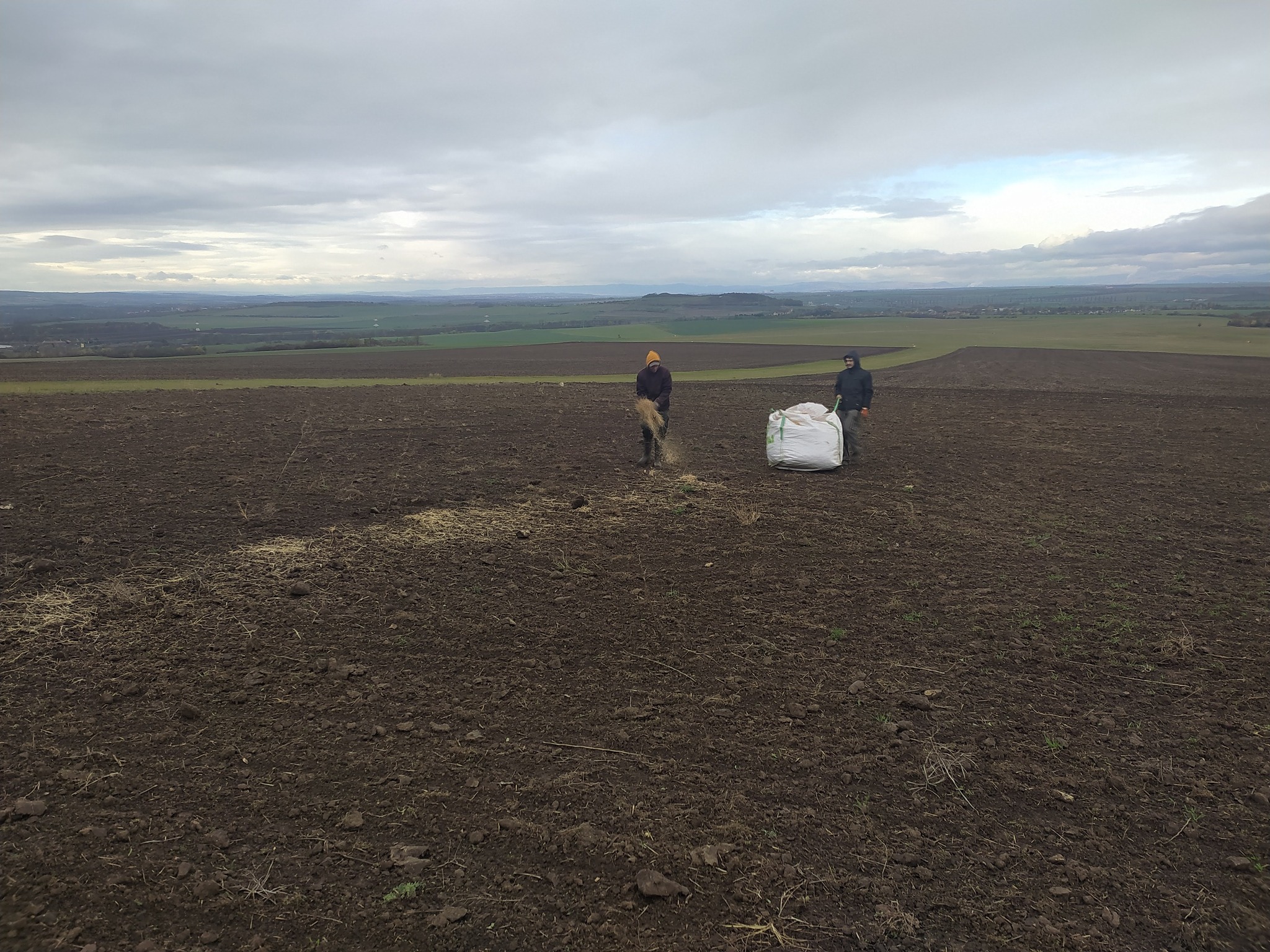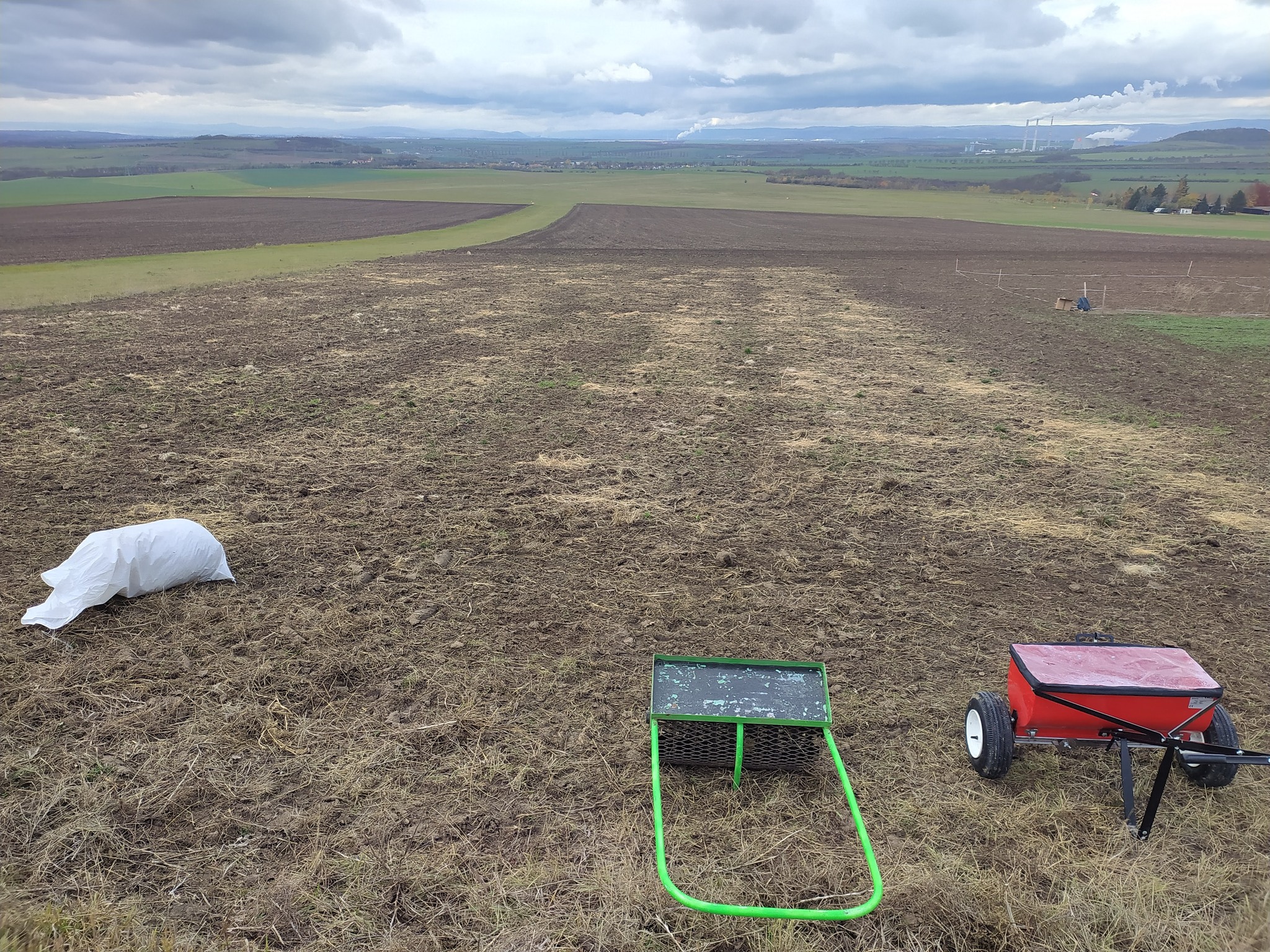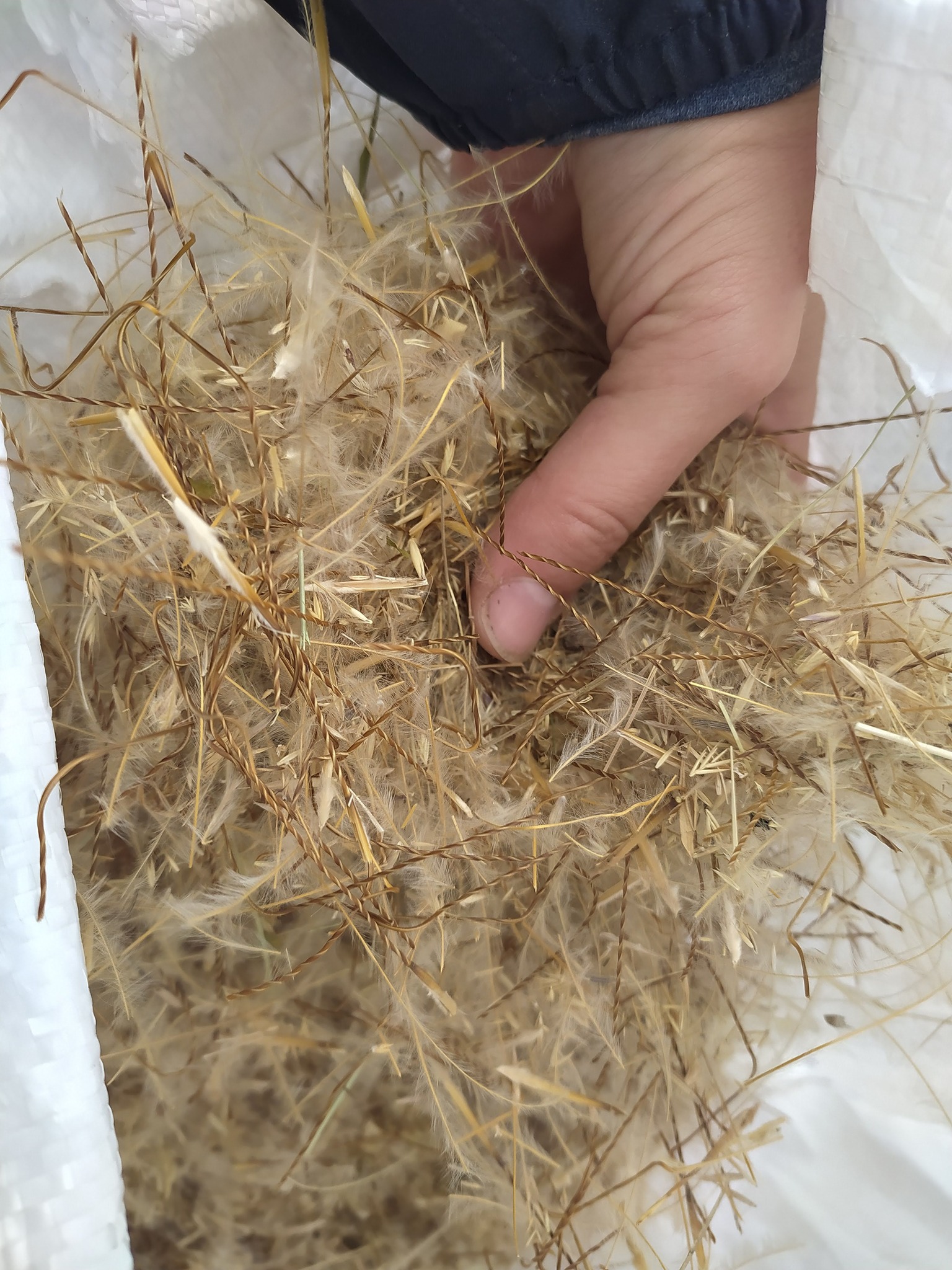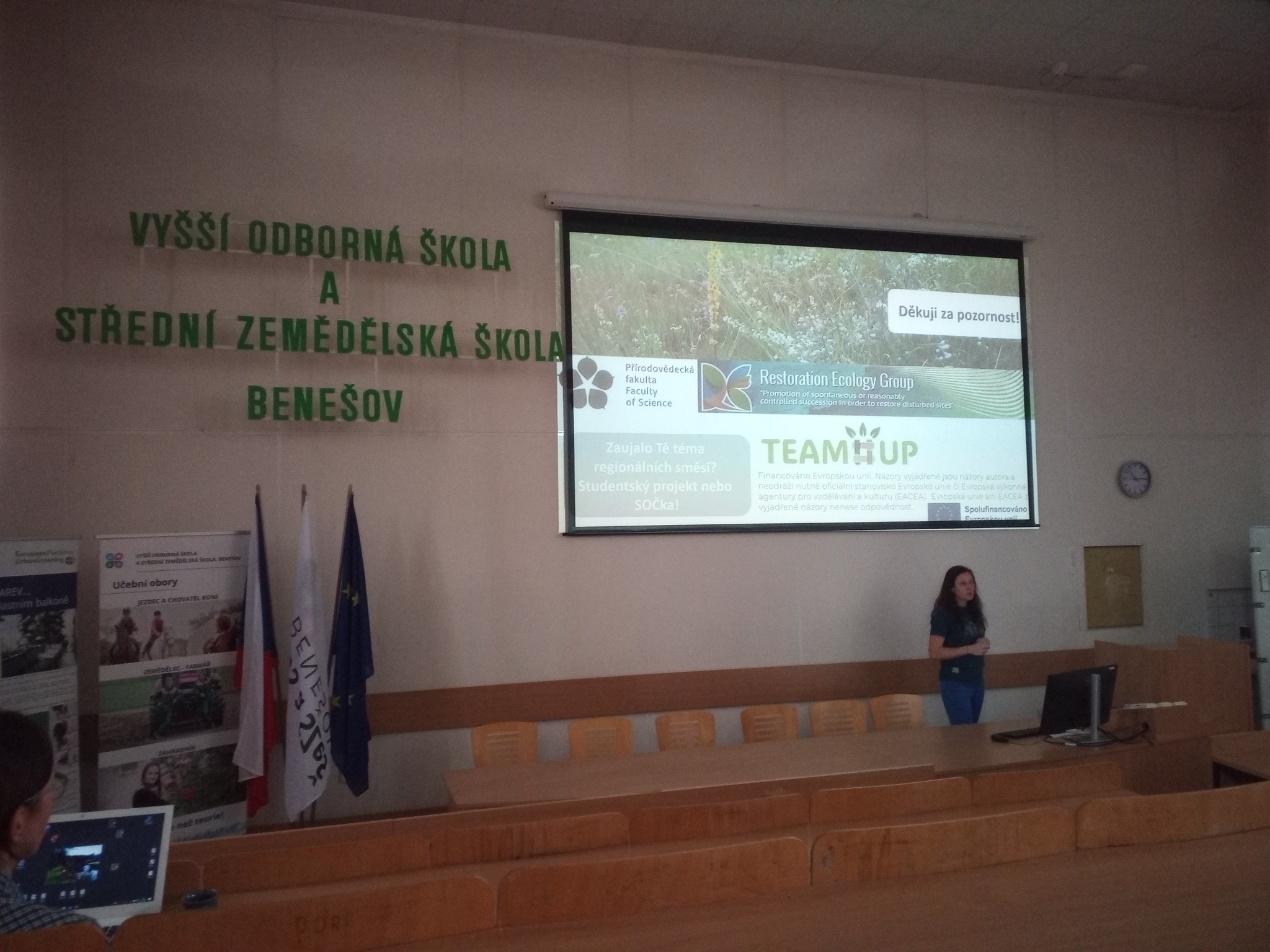 Our partner school, Agricultural College and Agricultural Secondary School Benešov, invited us to give a lecture to their students about near-natural maintenance of the urban greenery and also about regional seed mixtures. Both topics will be incorporated into the developing educational materials materials within the TEAM#UP project. About 25 students from several different study programs listened to the lectures given by Klára and Kamča. We thank you for the invitation and we hope that the students enjoyed our talks.
Our partner school, Agricultural College and Agricultural Secondary School Benešov, invited us to give a lecture to their students about near-natural maintenance of the urban greenery and also about regional seed mixtures. Both topics will be incorporated into the developing educational materials materials within the TEAM#UP project. About 25 students from several different study programs listened to the lectures given by Klára and Kamča. We thank you for the invitation and we hope that the students enjoyed our talks.
#Teamup2Restore


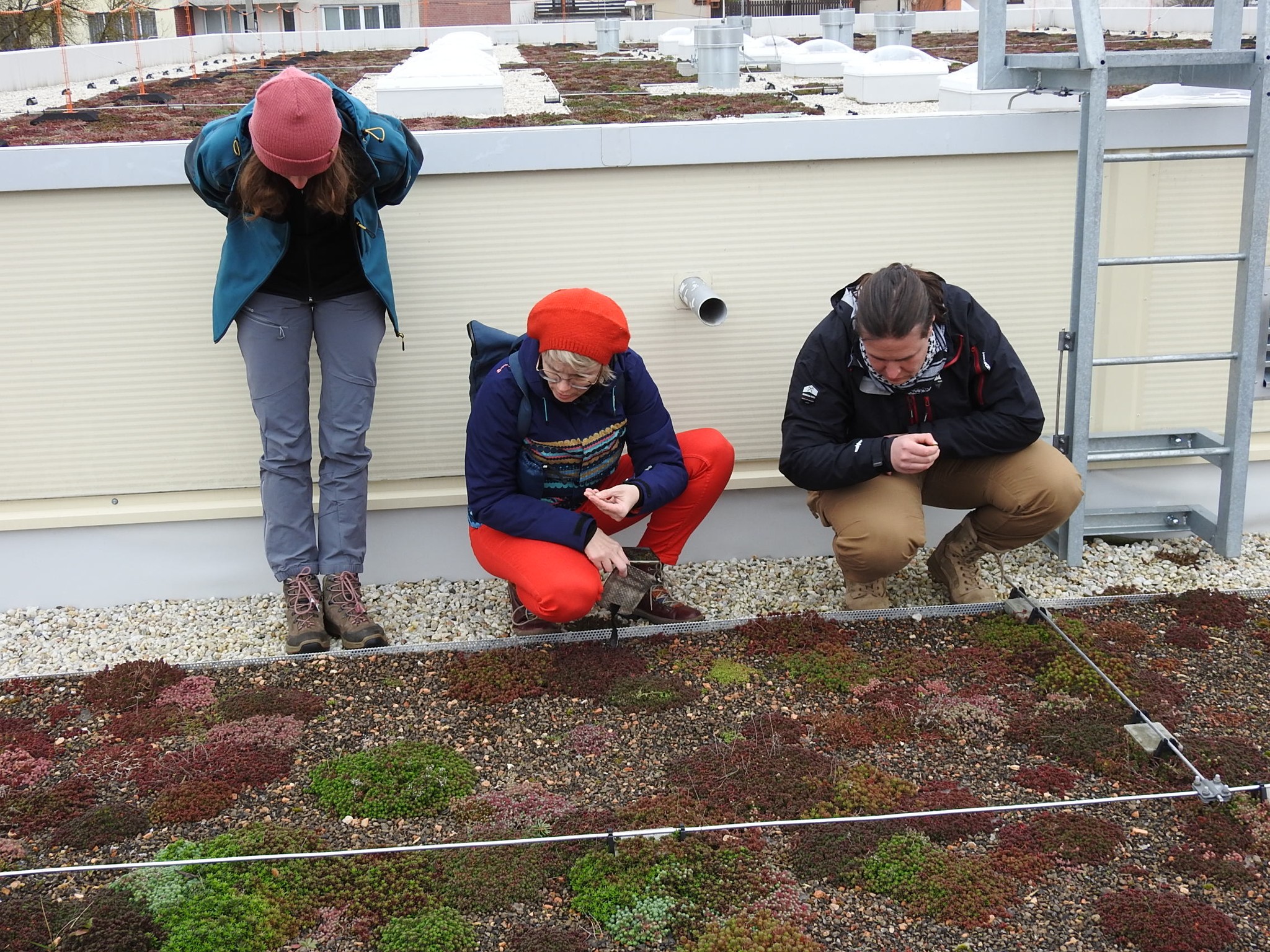 Green roofs - can they help increase biodiversity in cities? Which organisms except insects can establish there spontaneously? What possibilities does this man-made habitat offer? In the following season, we will try aswer these questions together with our new bachelor student, Agáta.
Green roofs - can they help increase biodiversity in cities? Which organisms except insects can establish there spontaneously? What possibilities does this man-made habitat offer? In the following season, we will try aswer these questions together with our new bachelor student, Agáta.
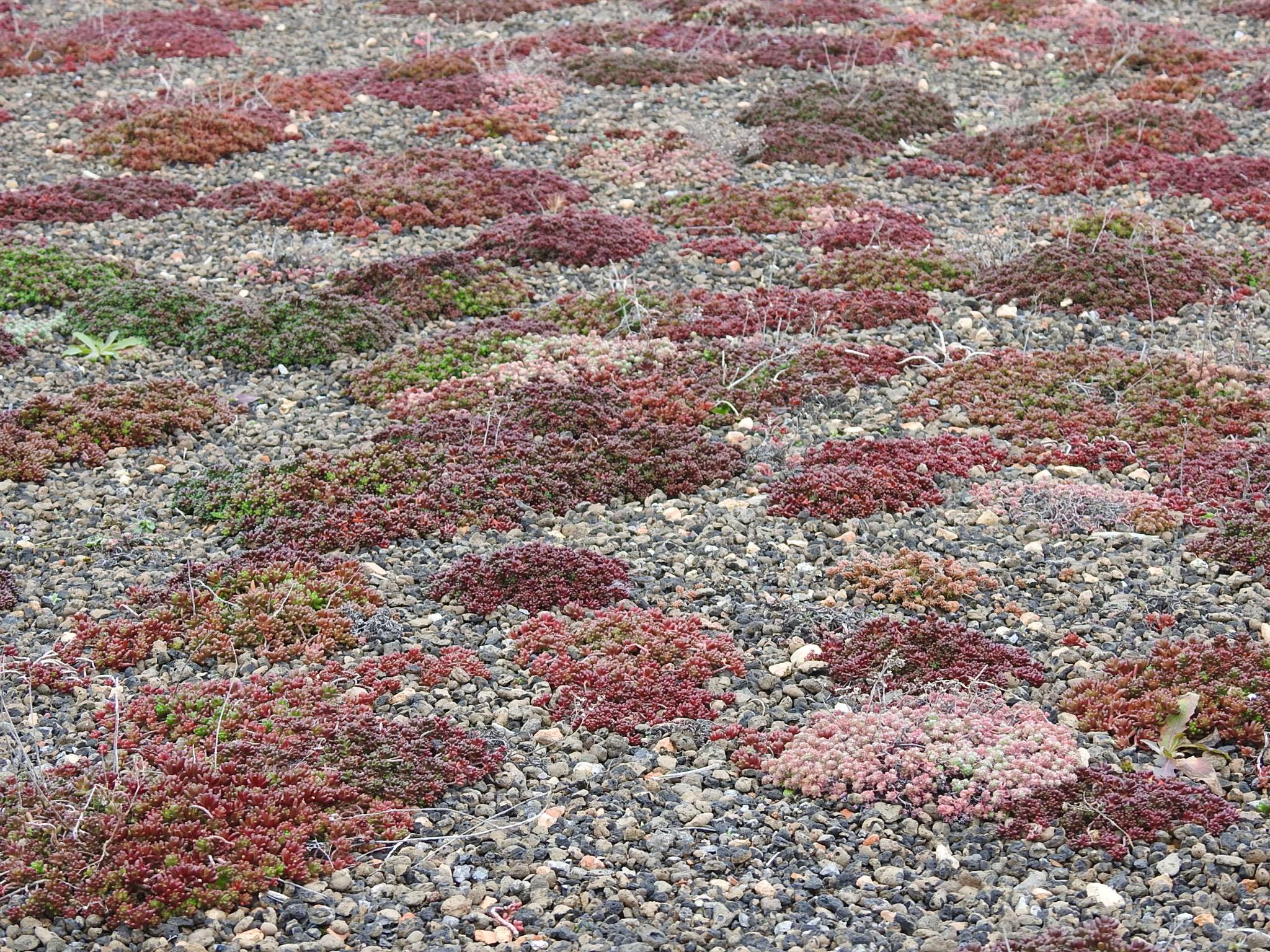


 The development of the educational materials within TEAM#UP is in full swing. Our first ready-made pieces are educational videos on spontaneous succession and assisted restoration. Students of the Vodňany Grammar School bravely seized the opportunity for unofficial (and unplanned) testing of our video about spontaneous succession in practice. During the "Upside-down day", Julie Řehounková gave a lecture on ecology and then the students watched the freshly created video about spontaneous succession. We were very pleased by the feedback. The students liked the video. From the small test quiz, we learned that there is so much information in the video that it is not possible to absorb it after one view. Yet, the students did very well in the quiz.
The development of the educational materials within TEAM#UP is in full swing. Our first ready-made pieces are educational videos on spontaneous succession and assisted restoration. Students of the Vodňany Grammar School bravely seized the opportunity for unofficial (and unplanned) testing of our video about spontaneous succession in practice. During the "Upside-down day", Julie Řehounková gave a lecture on ecology and then the students watched the freshly created video about spontaneous succession. We were very pleased by the feedback. The students liked the video. From the small test quiz, we learned that there is so much information in the video that it is not possible to absorb it after one view. Yet, the students did very well in the quiz.

 Our project has lived through the first six months of its life. We decided to celebrate this anniversary by
Our project has lived through the first six months of its life. We decided to celebrate this anniversary by 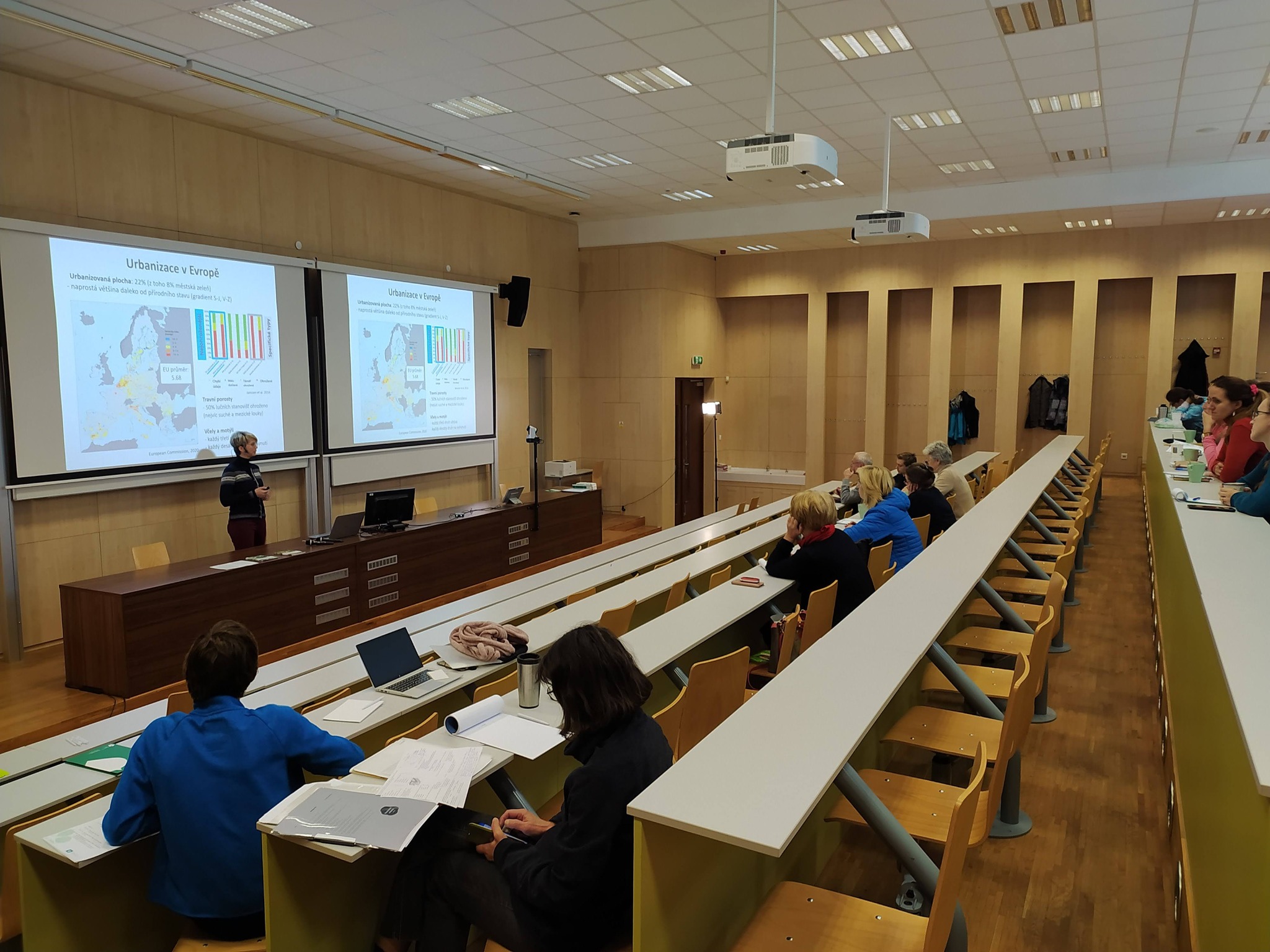 Back to school is the name of the weekend for secondary school teachers, which is regularly organized by the Faculty of Science USB. Our working group also participated in the program this year. At first, Klára presented an urban ecology topic and showed that even a minor change in greenery maintenance could cause a big difference in biodiversity. Her presentation was followed by Lenka advertising the
Back to school is the name of the weekend for secondary school teachers, which is regularly organized by the Faculty of Science USB. Our working group also participated in the program this year. At first, Klára presented an urban ecology topic and showed that even a minor change in greenery maintenance could cause a big difference in biodiversity. Her presentation was followed by Lenka advertising the 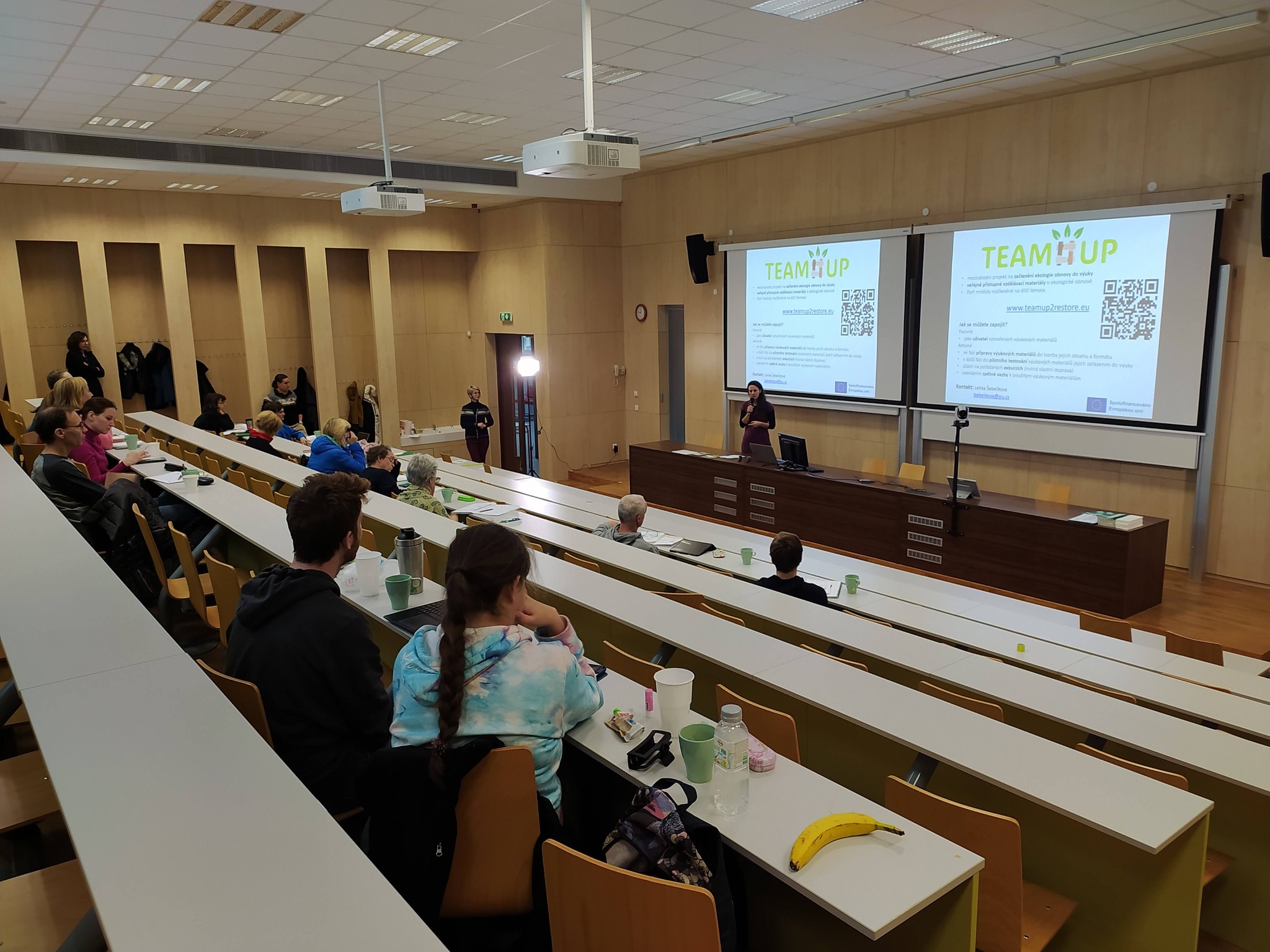

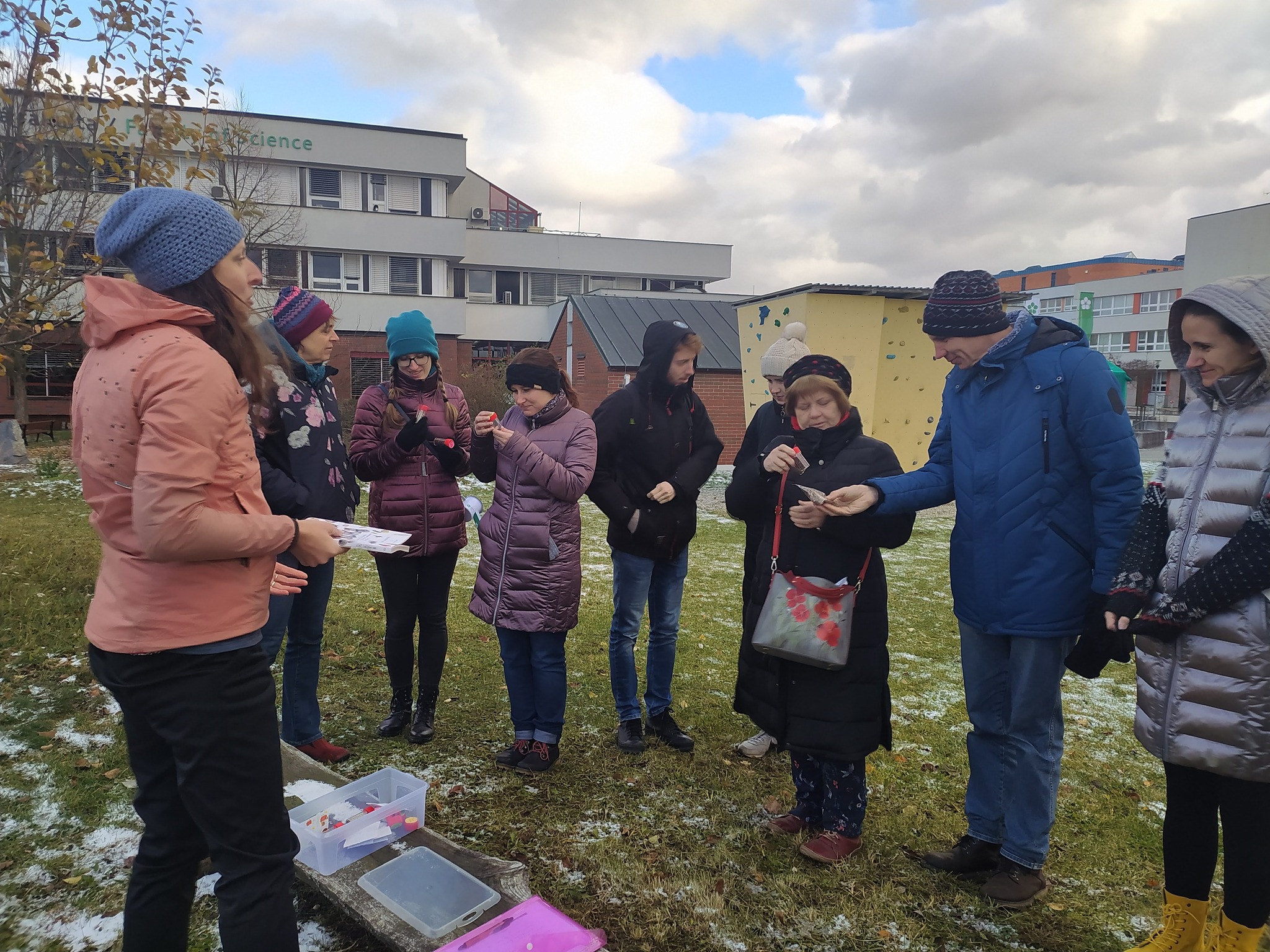
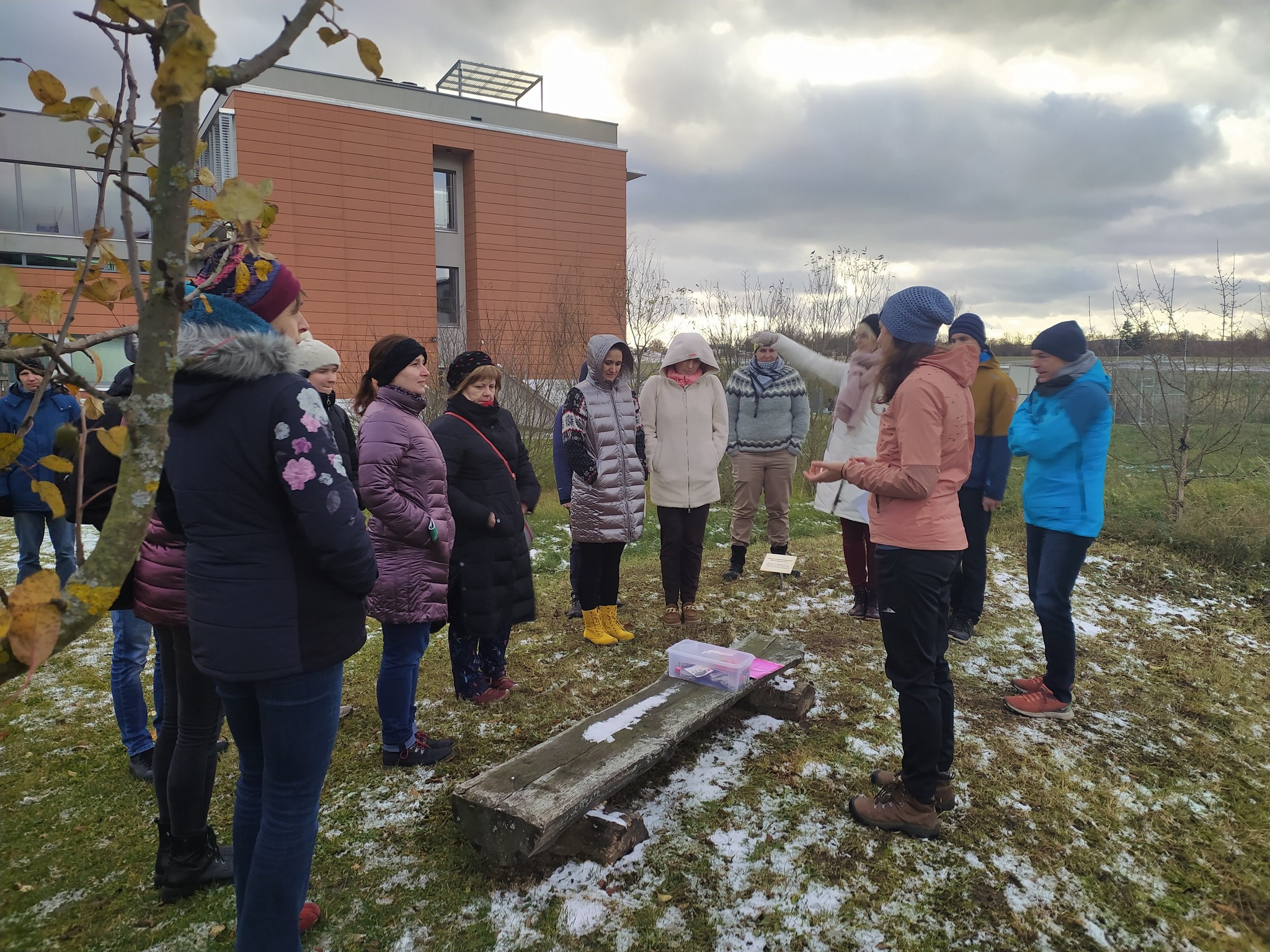

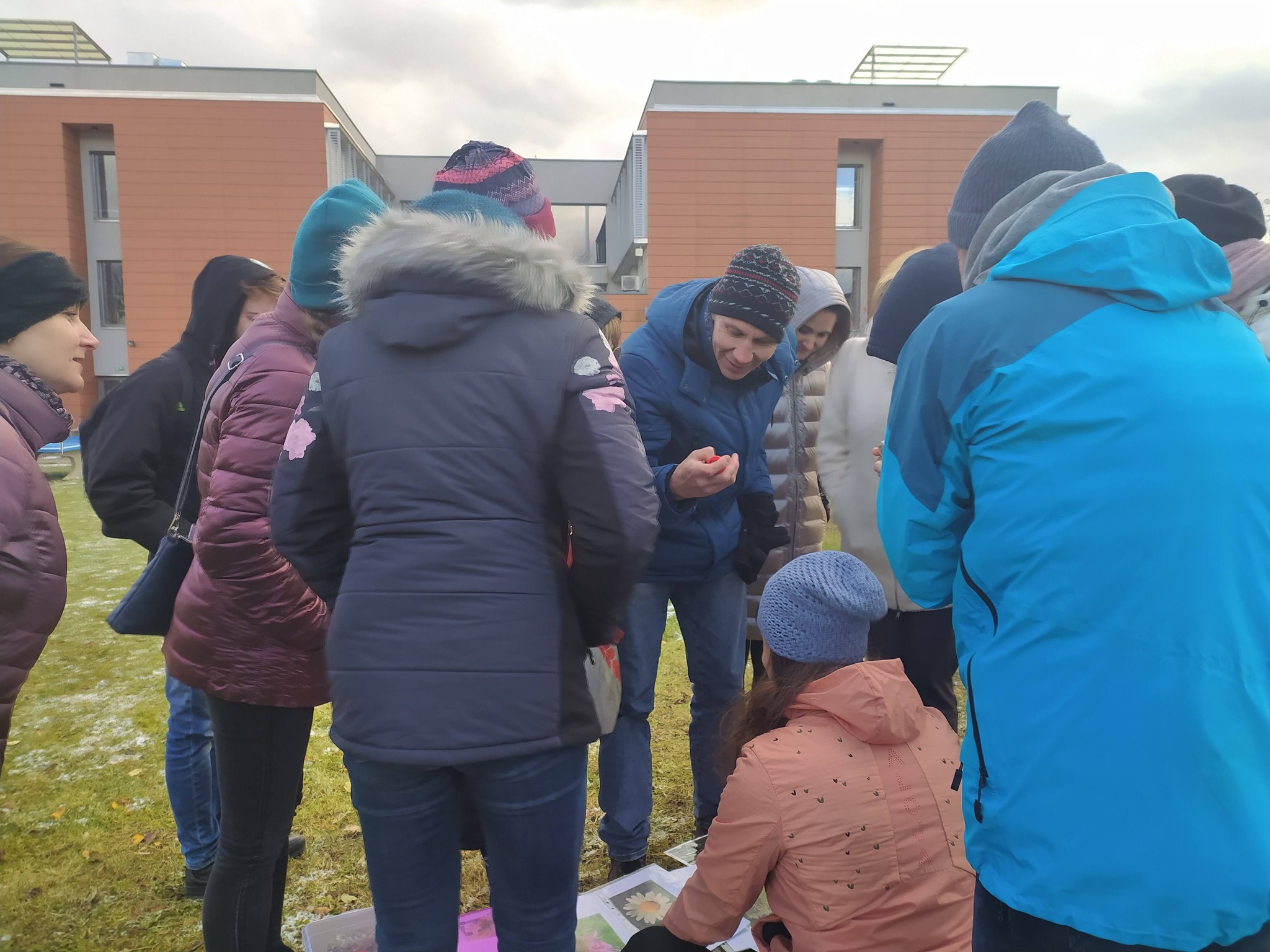
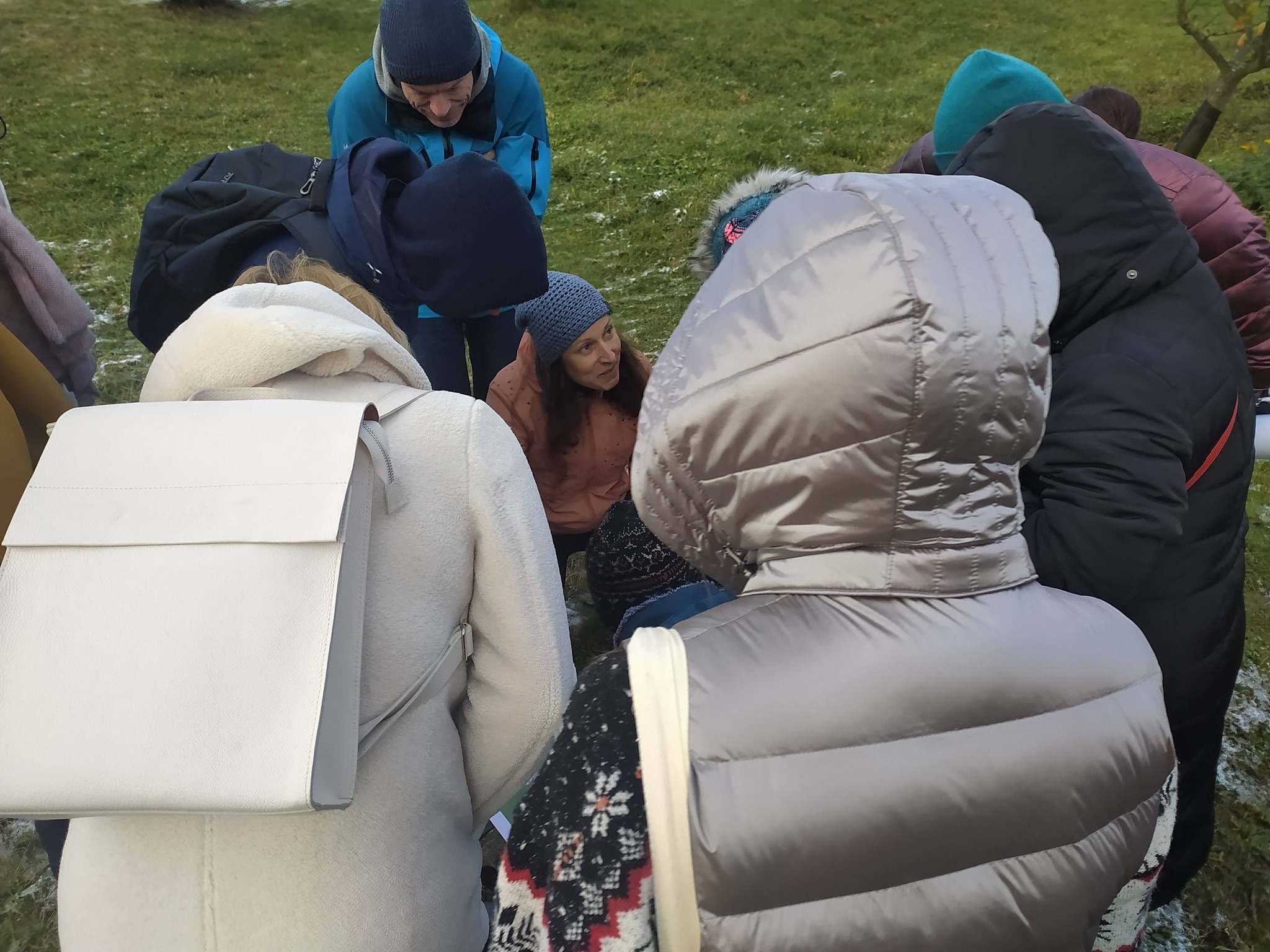



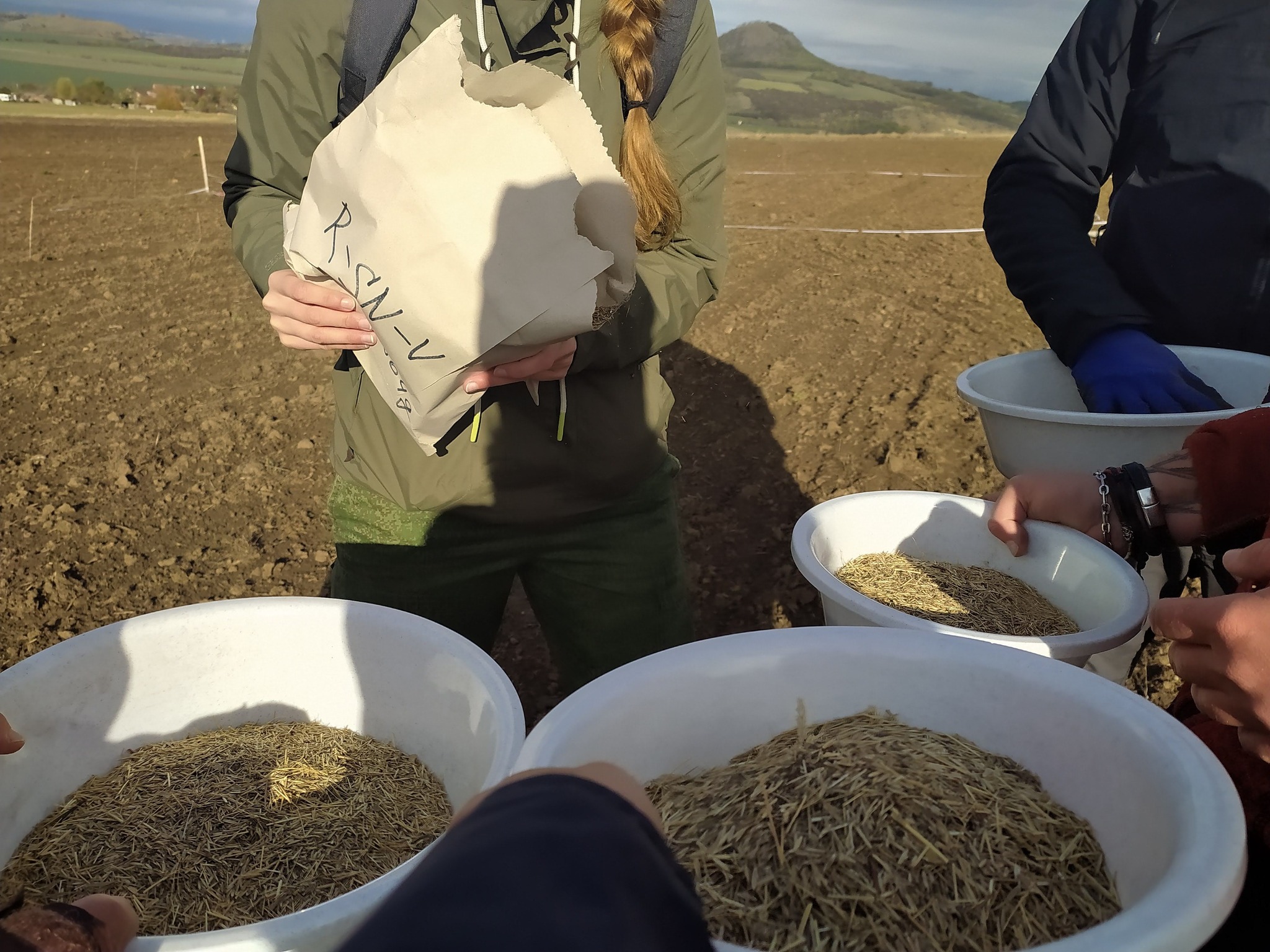 Together with our partners, Agrostis Trávníky and the Czech Union for Nature Conservation, we sowed another experimental field with a regional seed mixture. The new experimental plot is at Raná and the seed mixture was brush-harvested either directly on the Raná hill, or on a nearby meadow on Milá hill. If everything goes well, Stipa steppe might enlarge by half a hectare within a few years.
Together with our partners, Agrostis Trávníky and the Czech Union for Nature Conservation, we sowed another experimental field with a regional seed mixture. The new experimental plot is at Raná and the seed mixture was brush-harvested either directly on the Raná hill, or on a nearby meadow on Milá hill. If everything goes well, Stipa steppe might enlarge by half a hectare within a few years.